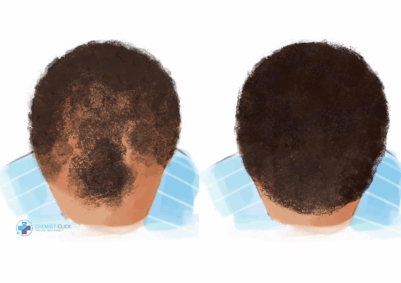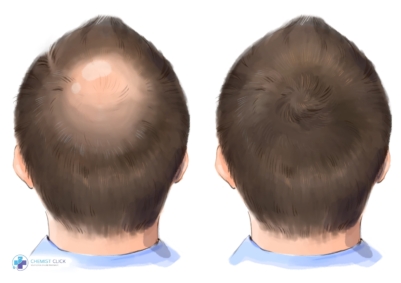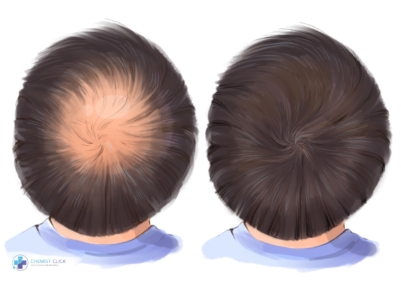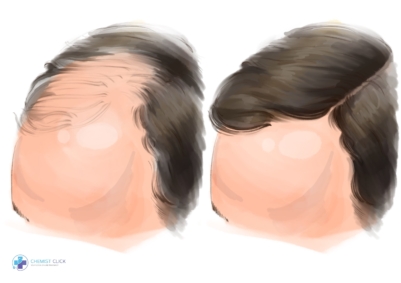Daily Finasteride Intake
For optimal results, it is recommended to take 1mg of Finasteride daily at a consistent time. Missing doses or discontinuing the regimen can reduce its effectiveness and may cause regression in hair thickness and hairline improvement.
Regular Scalp Massages
Massaging your scalp daily can enhance blood flow, ensuring that hair follicles receive ample nutrients. Studies indicate that regular massages can stimulate hair growth.
Combine Finasteride and Minoxidil
Topical minoxidil, also known as Regaine, is applied directly to the scalp and stimulates hair growth from the route. Combining minoxidil and finasteride will increase the likelihood of seeing good results.
Incorporate Hair Loss Supplements
Taking supplements specifically designed for hair loss can aid in fostering hair growth and preventing further loss. Essential nutrients for hair growth include biotin, iron, vitamin B, and zinc.







